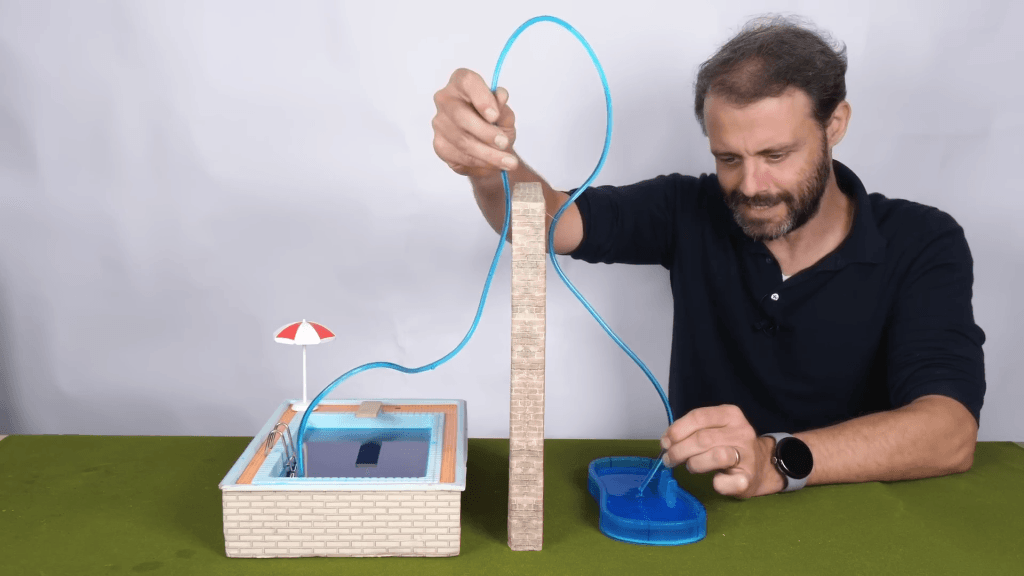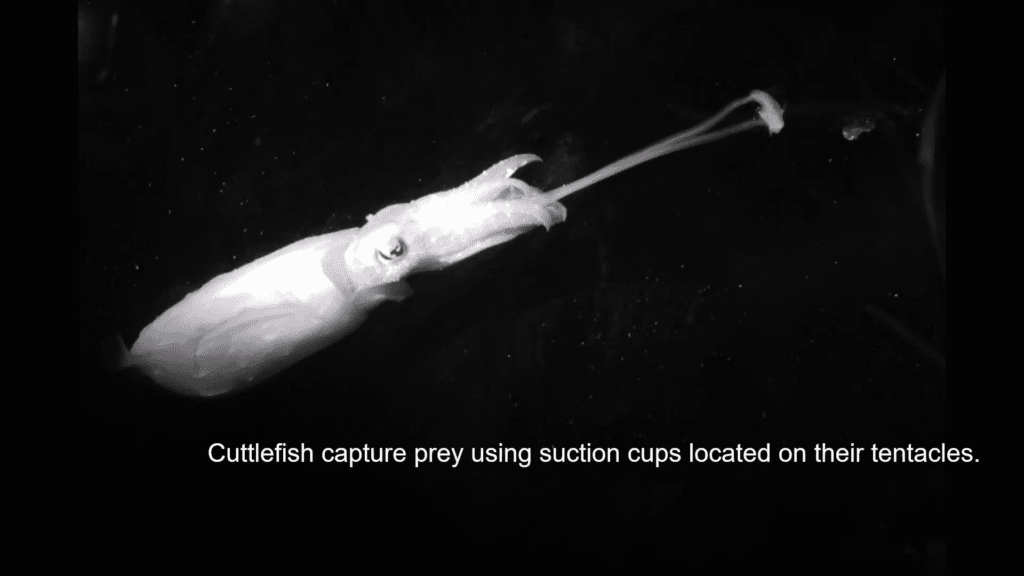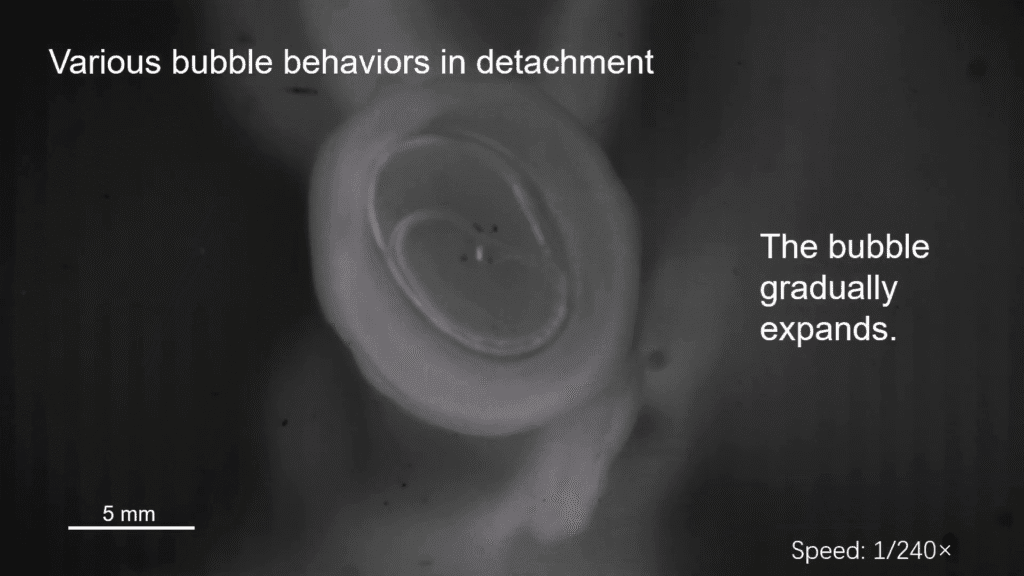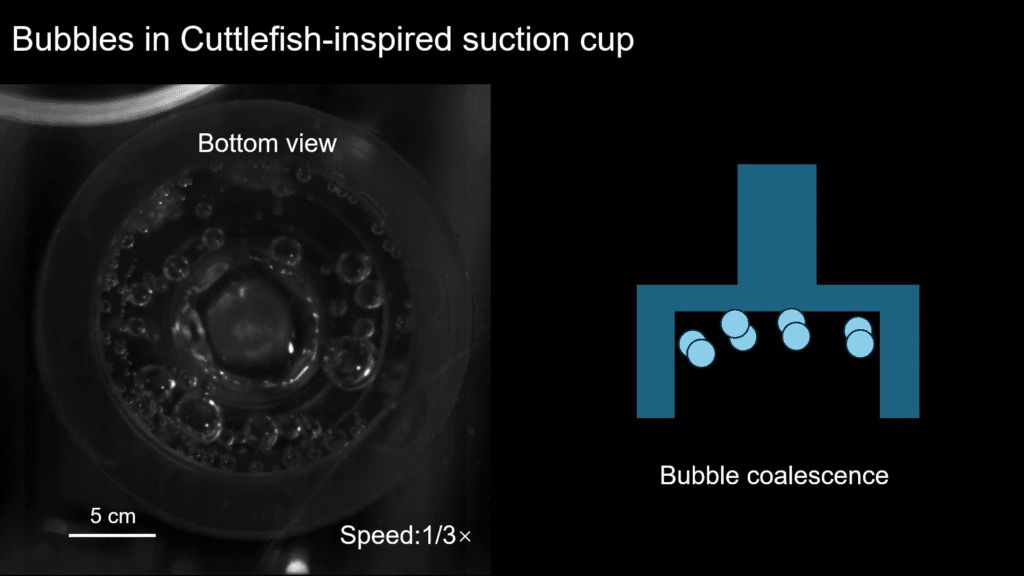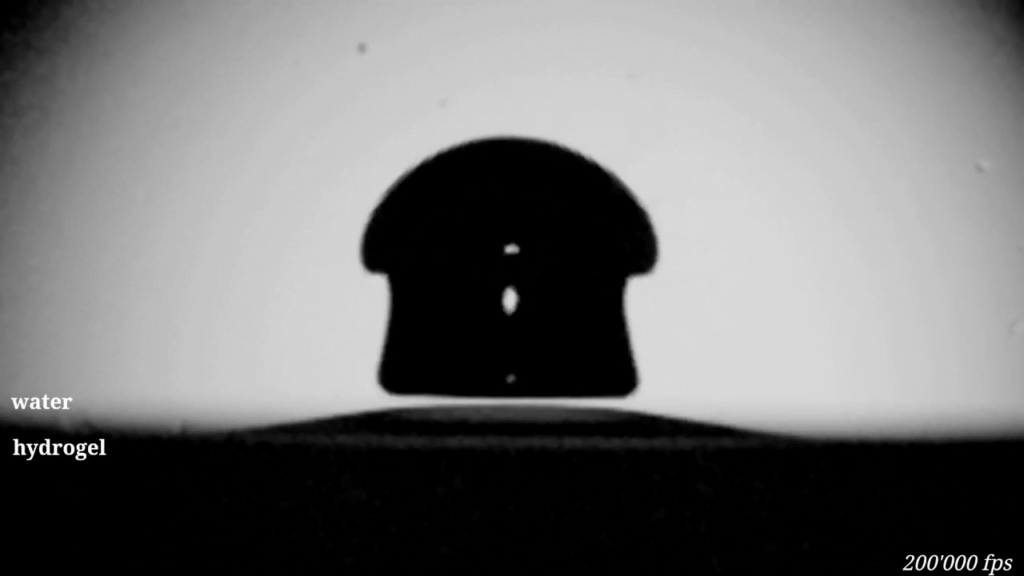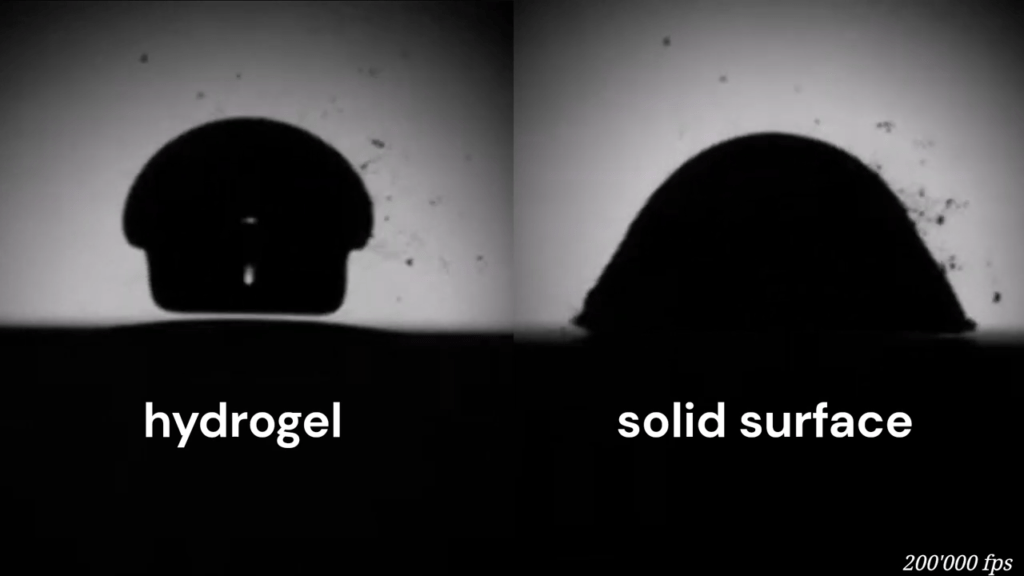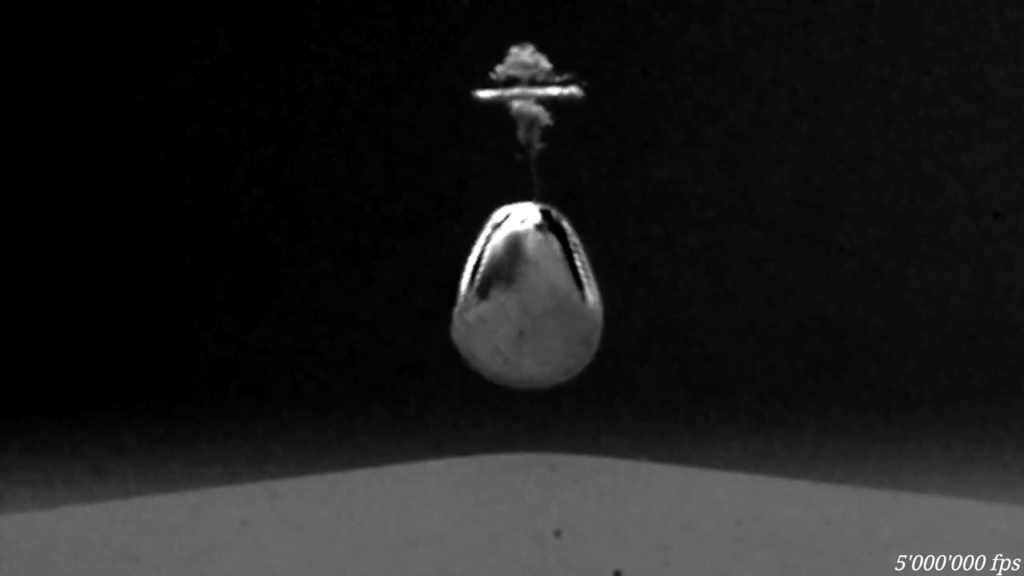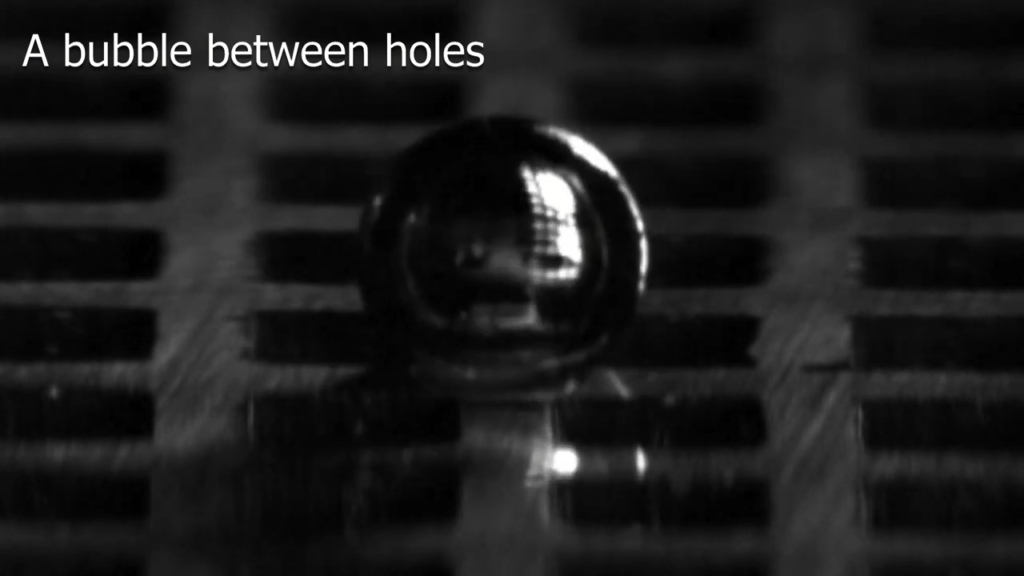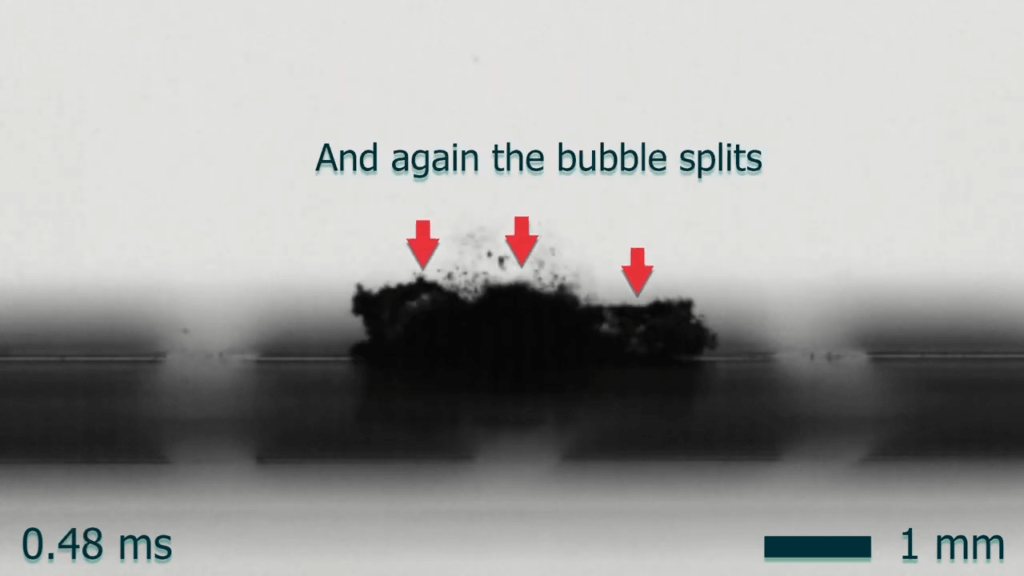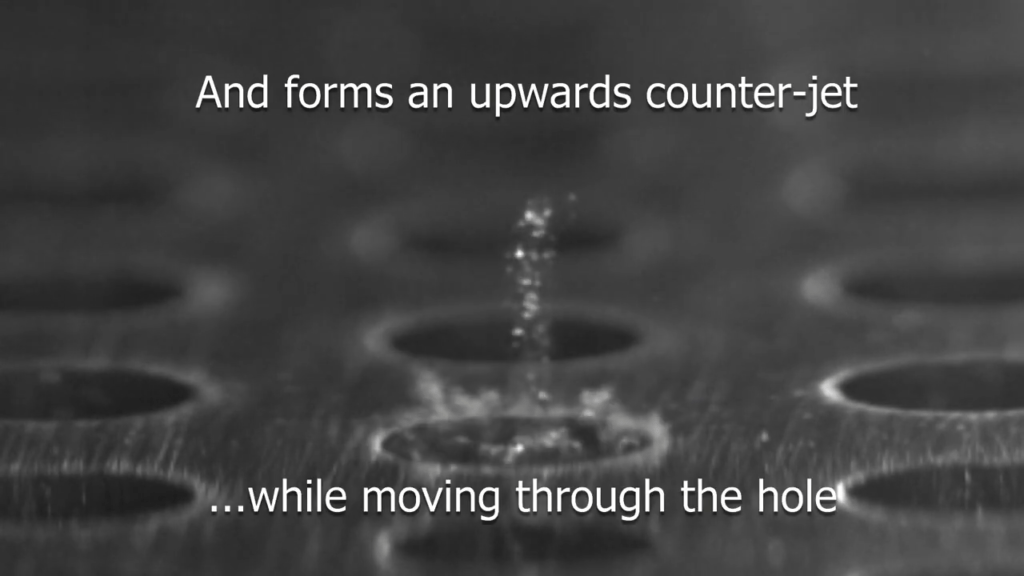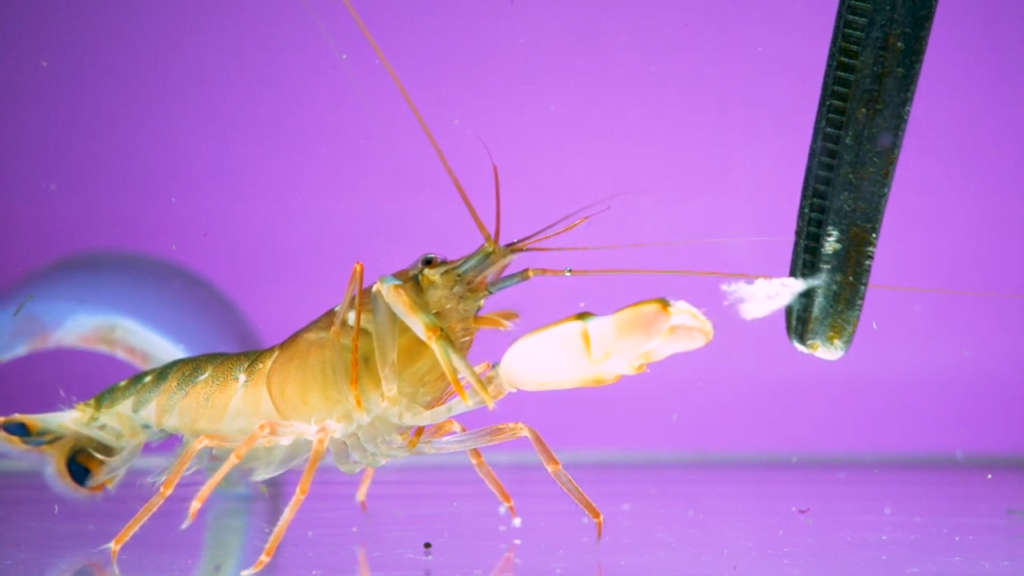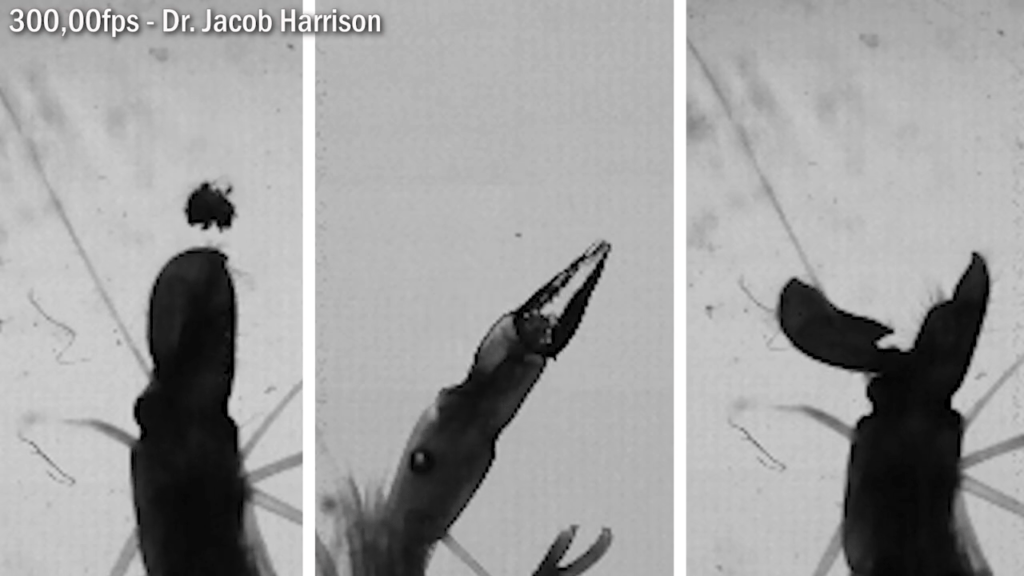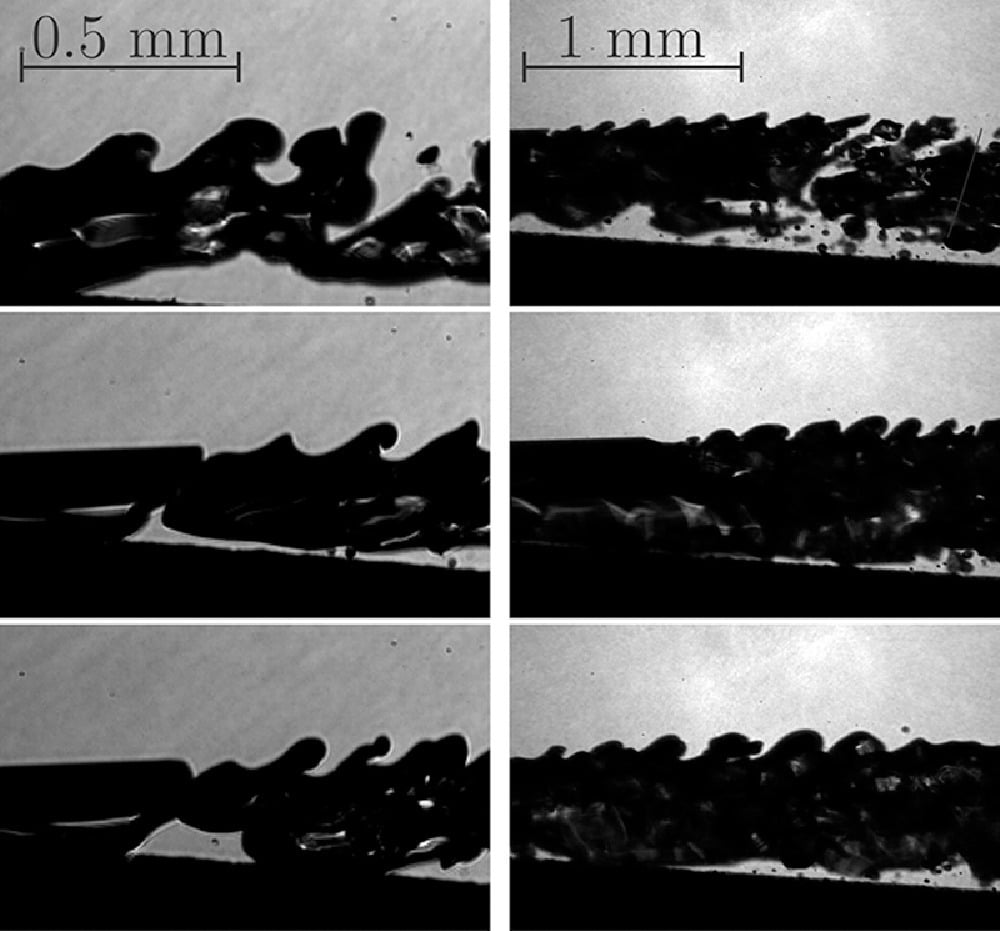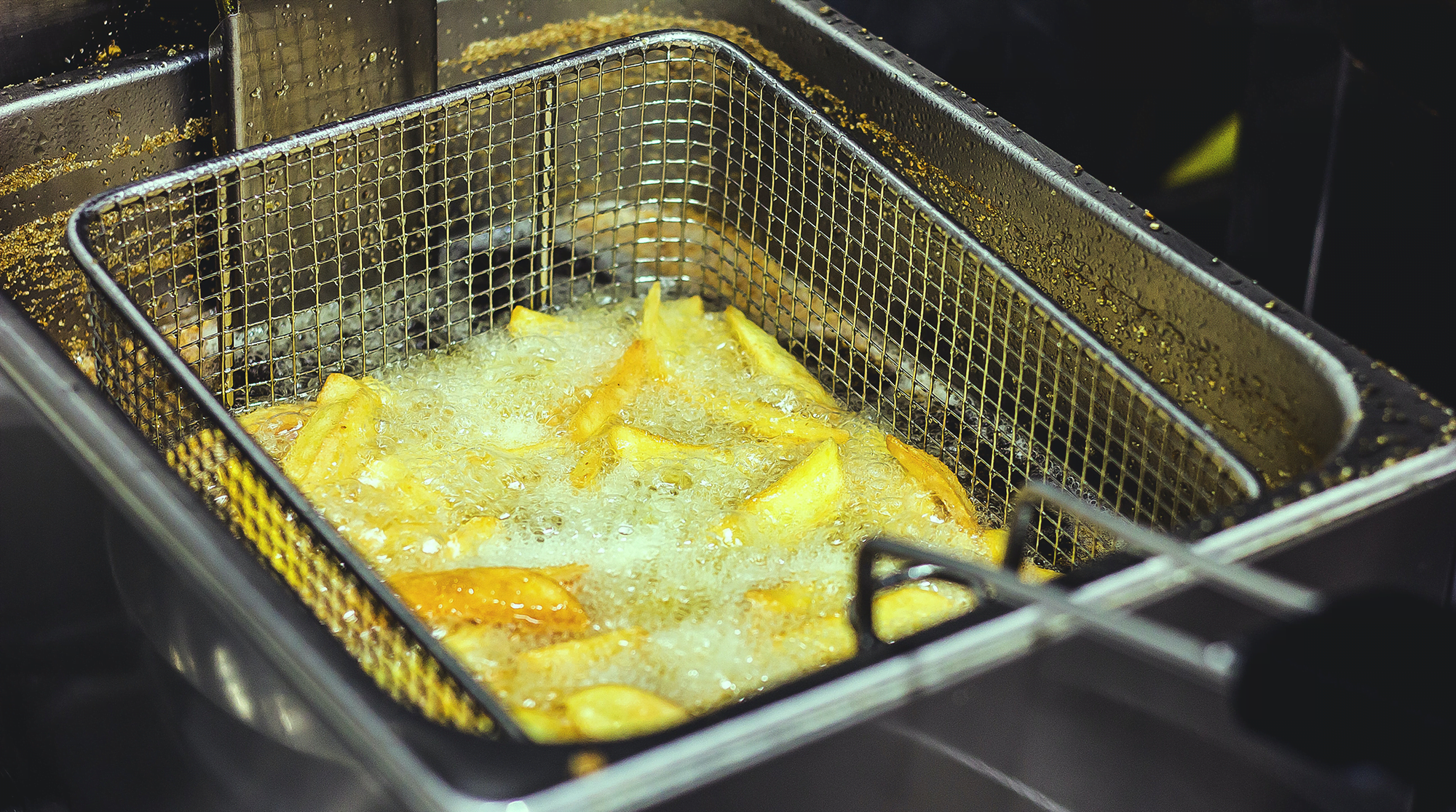Siphons are a bit mind-boggling for anyone who has internalized the idea that water always flows downhill. But gravity actually allows a siphon’s water to flow up and over an obstacle, provided certain conditions are met. Steve Mould digs into the details of those conditions in this video, where he searches for the maximum height a siphon can reach.
A quick note on terminology: Steve explains that the siphon breaks when water near the top starts “boiling.” Other sources may use the term “cavitating” for this sudden phase change. There’s not–to my knowledge–a generally-agreed-upon definition that clearly distinguishes between boiling and cavitation in this situation. Whichever term you use, the water in the siphon doesn’t care; either way, it’s experiencing a local pressure that’s so low that it switches from a liquid state (where it can resist tensile forces) to a gaseous one (where it cannot resist tension). (Video and image credit: S. Mould)

